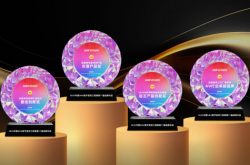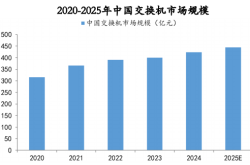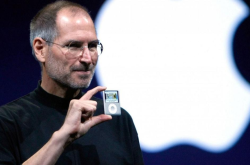Tesla Finally Listened
![]() 08/20 2025
08/20 2025
![]() 485
485
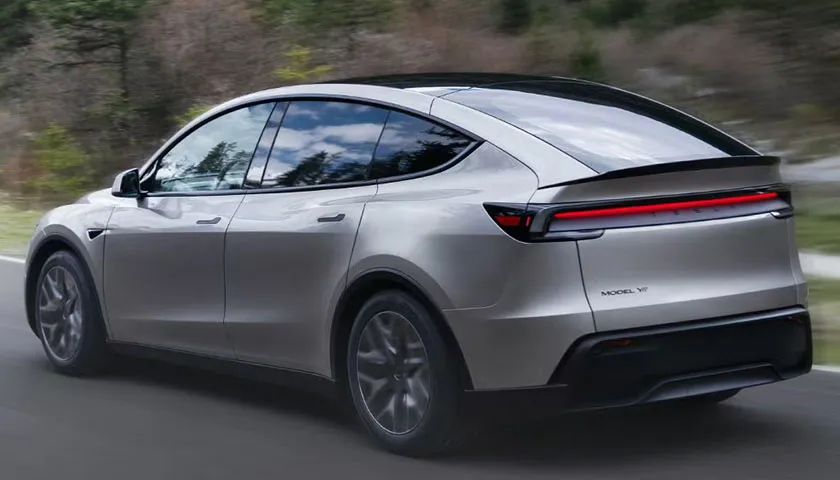
Tesla, once known for its "arrogance," has finally listened to advice.
Produced by | Xinpinlue Finance
Cover Image Source | Tesla Weibo
Facing the fiercely competitive Chinese market, Tesla has finally listened to advice and launched the new six-seat electric SUV model, the Model YL, albeit somewhat belatedly. Can it still create an impact?
01 Tesla Model YL Quietly Launched
Unlike many new Chinese carmakers, Tesla's new model launch did not come with a grandiose event or boasts of outperforming competitors, but it still stirred up quite a ripple in the electric vehicle industry.
Xinpinlue Finance noticed that according to Tesla's official Weibo announcement on August 19, the Tesla Model YL was officially launched with a starting price of RMB 339,000 and an expected delivery date of September 2025, becoming a major news item in the new energy vehicle industry over the past two days.
Since Tesla officially announced "Model YL, Meet in Autumn" on July 16, the automotive industry and market have occasionally leaked information about the Model YL.
Now that the Model YL has been officially launched, the mystery surrounding this new model has been lifted... Exhibition cars are arriving at dealerships, videos of transport trucks on the road, and various reviews by automotive media professionals are pouring in.
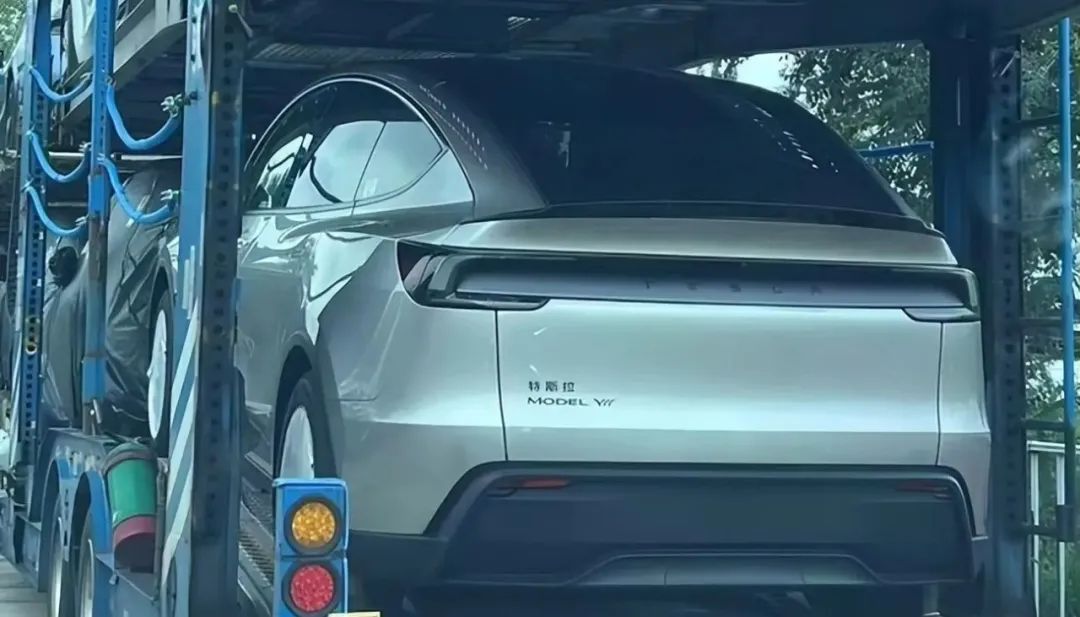 Tesla Model YL in transit Image Source / Internet
Tesla Model YL in transit Image Source / Internet
It is reported that the Tesla Model YL is positioned as a luxury six-seat electric SUV, with upgrades made to its exterior details, interior configuration, riding comfort, and space.
In terms of design, the Model YL generally continues the current Model Y's design, making it immediately recognizable as a larger version of the latter. In terms of dimensions, the new car measures 4976/1920/1668mm in length, width, and height, with a wheelbase of 3040mm.
On the interior side, the Model YL features the latest 16-inch central touchscreen with a resolution increased by about 30%. Additionally, the new car has upgraded the performance of the wireless charging pad in the front row, supporting up to 50W+30W wireless fast charging with air-cooled heat dissipation.
In terms of power, the Model YL uses a dual-motor all-wheel-drive system with a maximum power of 142 kW for the front motor and 198 kW for the rear motor, achieving a 0-100 km/h acceleration in just 4.5 seconds. It is equipped with an 82 kWh ternary lithium battery, offering a CLTC range of 751 km and a combined energy consumption of 12.8 kWh per 100 km.
The market has always had high expectations for the Tesla Model YL, as this new model is a localized version specifically launched by Tesla for the Chinese market.
Last weekend, when Xinpinlue Finance passed by a Tesla exhibition stand in Guangming, Shenzhen, and inquired with a sales consultant about when the Model YL would arrive at the store and when test drive cars would be available, the consultant replied that they did not know yet.
Overall, the launch of the Tesla Model YL aligns with the previously announced timing of "Meet in Autumn" and follows Tesla's consistent style and pace for new model launches.
So, why is Tesla launching the Model YL now? How strong is its market competitiveness? Will it create an impact on local Chinese automakers, especially the new car-making forces?
02 Tesla Finally Listened
Why is Tesla only now launching the new six-seat electric SUV model, the Model YL?
In the view of Xinpinlue Finance, a key reason for Tesla's launch of a dedicated model for the Chinese market is that it has finally listened to advice, and there are various other reasons behind this decision.
Unlike local Chinese automakers, especially the new car-making forces with their multi-model and rapid iterative strategies, Tesla's approach to car-making is similar to Apple's product strategy for smartphones.
Tesla previously followed a global model, global sales approach, with localized production, sales, and exports from its Shanghai Gigafactory. Tesla's two main models, the Model 3 and Model Y, have a diverse group of buyers, but they are mainly composed of younger people, such as Tesla brand fans, Elon Musk fans, and those who love technology and trends.
Tesla's current main models well serve the needs of young families, small families, and those looking for their first or second electric vehicle.
China is a unique and large automotive consumer market, with consumers having different purchasing and usage scenarios compared to many other countries globally. Most families only own one car, which needs to accommodate the entire family.
Therefore, in the era of traditional gasoline-powered and joint venture vehicles, automakers like BBA and Volkswagen specifically launched extended L models for the Chinese market, satisfying Chinese consumers' preference for larger car sizes and more spacious interiors.
In fact, there have always been many viewpoints and consumers in the market expecting Tesla to launch an extended version, or a six-seat, or even a seven-seat model for the Chinese market. However, during that time, Tesla was doing exceptionally well in the Chinese market, especially with the locally produced Model 3 and later the Model Y, so Tesla could easily win without listening to advice.
Today's Chinese electric vehicle market, while seemingly booming, has actually entered a stage of stock development and fierce competition. There have always been viewpoints in the market claiming that Tesla lacks product strength and is slow to update and iterate.
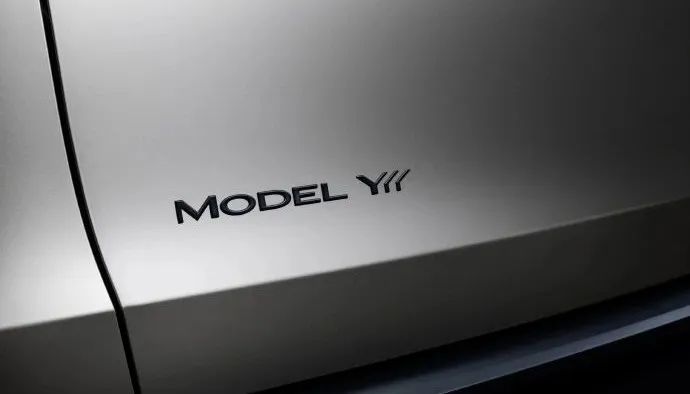 Image Source / Tesla Weibo
Image Source / Tesla Weibo
On the one hand, facing the fiercely competitive Chinese electric vehicle market, Tesla needs to introduce new models and tell new stories to attract more consumers.
Chinese car buyers have always favored large SUV models, which give a more impressive and prestigious driving experience. This is also the reason why new car-making forces such as NIO, Li Auto, and XPeng initially focused on the SUV market.
Therefore, in the view of Xinpinlue Finance, on the other hand, Tesla's new Model YL is aimed at satisfying the needs of Chinese consumers, especially those who love the Tesla brand, SUVs, and large six-seat SUVs, while also meeting the upgrade needs of Tesla's existing loyal customers.
Additionally, there are also practical business pressures behind Tesla's launch of the Model YL in the Chinese market.
According to Tesla's second-quarter financial report, the company generated revenue of approximately USD 22.496 billion during the reporting period, a year-on-year decline of 12%, marking the largest drop in at least a decade. Net profit for the second quarter was USD 1.172 billion, a decrease of 20.7% year-on-year. During the reporting period, Tesla delivered only 384,100 vehicles globally, a decrease of nearly 60,000 vehicles or 13.5% compared to the same period last year, marking two consecutive quarters of double-digit declines.
In the second quarter of 2025, against the backdrop of declining global sales for Tesla, China emerged as the only growth engine for the company. According to data from the China Passenger Car Association, Tesla delivered 129,000 vehicles in China during the second quarter, contributing 34% of its global sales.
Therefore, Tesla needs to introduce new killer models in the Chinese market to increase sales and become the key to reversing the declining trend in Tesla's global sales.
Now, with the launch of the Tesla Model YL in the Chinese market and a price lower than market expectations, it appears that Tesla has listened to advice and made a balanced and shrewd market strategy.
03 Can Model YL Create an Impact?
The pure electric SUV market has always been one of the most fiercely competitive segments. In the past, companies like Li Auto and AITO have mainly focused on extended-range six-seat SUVs, but now major automakers are intensifying their efforts in the pure electric six-seat SUV market.
The first player was Li Auto, which on July 29 re-entered the pure electric market with the launch of its first SUV model, the Li Xiang i8. Despite being embroiled in controversy over public opinion and collision tests, this model still has a certain level of competitiveness.
The second player is the new SUV model, Ledo L90, from NIO's Ledo brand. Positioned as a large pure electric SUV, it offers six and seven seats. Overall, the Ledo L90 has performed well since its launch, although its official figures have not been released. However, based on front-line market information and media reports, the Ledo L90 has scored a significant victory for the Ledo brand and NIO.
Another heavyweight player is the AITO M8 pure electric version, which is scheduled to be released at the end of this month. On July 29, media reports claimed that pre-orders for the AITO M8 pure electric version exceeded 15,000, and with Huawei's branding, this model still has strong market competitiveness.
There are not only the above-mentioned three automakers that have launched pure electric six-seat SUV models, but an increasing number of local and joint venture automakers are also intensifying their efforts to launch large six-seat SUV models or extended-range models.
Now that the Tesla Model YL has arrived, it means that Tesla has also entered this most fiercely competitive segment, and it will face a host of market competitors.
So, can the Tesla Model YL create an impact on the Chinese automotive market, especially on the new car-making forces?
China is a huge automotive consumer market with a diverse group of car buyers spanning a wide age range. While many young people may like Tesla, even more young people prefer local Chinese new energy vehicle brands, and there are also consumers who choose joint venture automakers or even imported new energy vehicles.
From a user profile perspective, Tesla also has a broader age range of car buyers, such as those in the internet technology, fashion, finance, and other industries who like to try new things and pursue a sense of technology, many of whom are young people.
For Chinese automakers, whether in the global or Chinese automotive market, Tesla's brand influence and market sales appeal cannot be underestimated.
Tesla's models may have slow major updates and iterations, but minor updates also bring various improvements and optimizations. Tesla's cars, in the context of the entire Chinese automotive market, are not the best-looking in terms of design or the most powerful in terms of parameters, but they are well-balanced models.
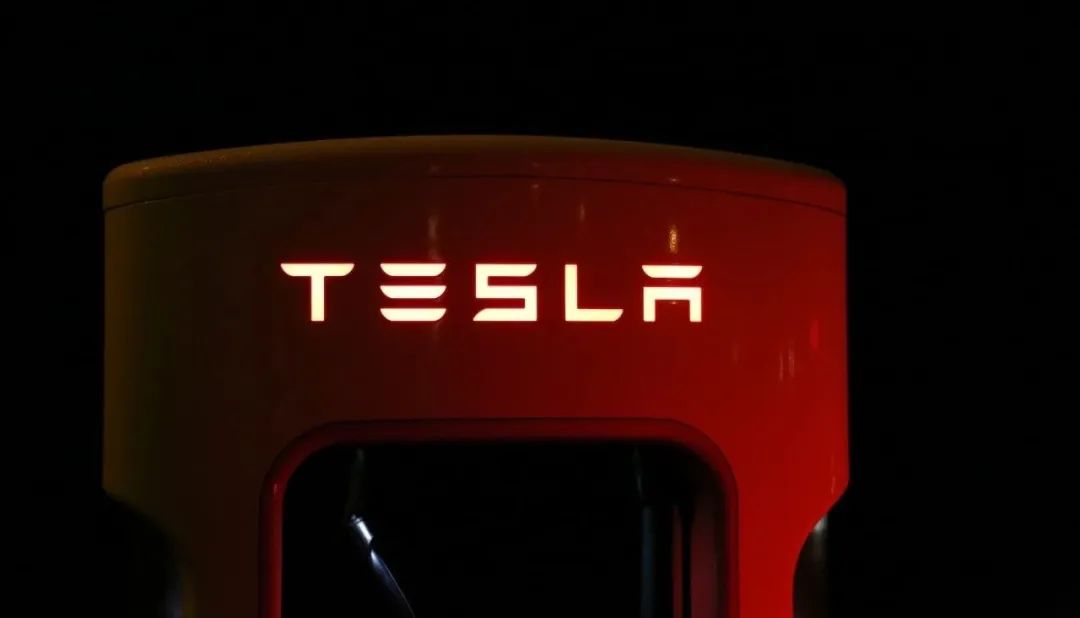 Image Source / Pexels
Image Source / Pexels
Taking Tesla's best-selling model, the Model Y, as an example, it has long been the top-ranking model in its segment, both in the Chinese and global markets. Data shows that the Tesla Model Y topped the list with sales of 480,309 units, becoming the champion SUV sales model of 2024. In the first half of 2025, the Tesla Model Y accumulated sales of up to 171,491 units, maintaining its position as the sales champion in the pure electric SUV market.
In addition to Tesla's brand advantage, the company has already achieved localized production in the Chinese market. In terms of capacity allocation, vehicle production, and delivery cycles, the Tesla Model Y and the newly launched Model YL still have certain advantages.
A senior automotive industry insider told Xinpinlue Finance that Tesla is a car brand that has never won online but has never lost offline, with strong brand influence. The Model Y has long been the sales champion in its segment, and with the addition of the Model YL, it is expected to create a certain or even significant impact on this segment and some local automotive brands.
However, the impact of the Model YL will not only affect competitors but may also have a certain impact on its existing main models.
According to analysis by the international investment bank Goldman Sachs, the Model YL has a positive impact on Tesla's growth prospects. Although this model may have some impact on the sales of the Model Y and Model X, it is expected to expand Tesla's influence in key mid-size SUV markets such as the United States, Europe, and China.
How the Tesla Model YL will perform in the market and the extent of its impact will soon be answered.
The cover image and accompanying images in this article are sourced from the internet and belong to their respective copyright owners. This article does not constitute any investment advice.

